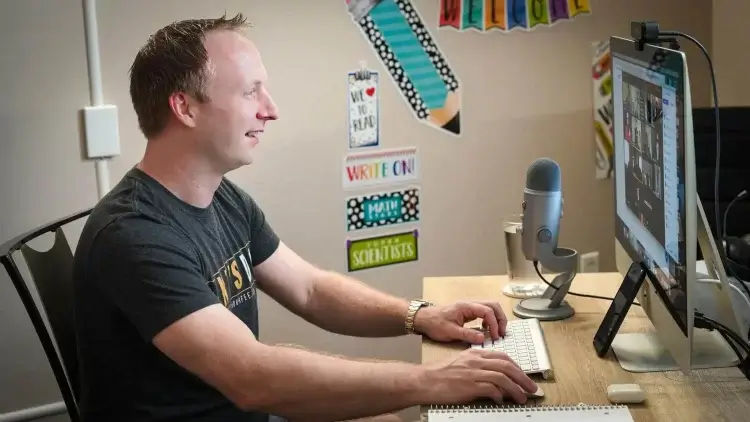😬 When your teammate replies with “👍” after a long message – you don't feel heard. You feel dismissed.
That's not just your ego. It's passive-aggressive communication in disguise – and it's costing teams trust, energy, and productivity.
Why Emojis Matter More Than We Think
Emoji = emotional shorthand. In face-to-face conversation, we read micro-expressions, tone, body language. In Slack or Teams, all of that context disappears – except for the tiny yellow faces we choose.
In async communication, emojis replace tone of voice. A “👍” can mean “great job” or “whatever, I'm done with this conversation.” The receiver decides which one they're seeing, and they're usually right about the sender's actual mood.
Micro-reactions become micro-signals that form your team culture. When someone consistently responds with cold emojis, it doesn't just affect that conversation – it shapes how the entire team feels about sharing ideas, asking questions, or admitting mistakes.
The 5 Most Misused Emojis in Team Chats
👍 Thumbs Up – Perceived as passive-aggressive shutdown. What it signals: “I acknowledge this but don't want to engage further.” Psychological subtext: dismissal disguised as agreement. When used after detailed explanations or requests for feedback, it reads as conversational door-slamming.
🙃 Upside-Down Face – Often signals sarcasm or fake compliance. What it signals: “I'm pretending this is fine, but it's not.” Psychological subtext: emotional suppression with a hint of rebellion. This emoji is burnout wearing a mask of cheerfulness.
👀 Eyes – Creates pressure without context. What it signals: “I'm watching/judging this situation.” Psychological subtext: surveillance anxiety. When managers use this, it amplifies the feeling of being monitored rather than supported.
😅 Sweat Smile – Shows internal stress masked as humor. What it signals: “I'm overwhelmed but trying to appear positive.” Psychological subtext: emotional overload hidden behind forced lightness. Overuse indicates someone is drowning but afraid to ask for help.
😐 Neutral Face – Cold neutrality that reads as disappointment. What it signals: “I have feelings about this, but I'm not sharing them.” Psychological subtext: emotional withdrawal. It's the digital equivalent of a blank stare that makes everyone uncomfortable.
What These Emojis Really Signal in Team Dynamics
Burnout markers show up in emoji patterns. When someone starts using 😅 excessively in work chats, they're signaling emotional overload. It's a red flag disguised as positivity – they're struggling but maintaining a “team player” facade.
Avoidance behaviors emerge through emoji shortcuts. Instead of giving actual feedback, team members default to 🙃 or 👍. This creates a culture where real issues never get addressed because everyone's hiding behind digital politeness.
Pressure culture develops when managers unconsciously weaponize emojis. A simple 👀 from leadership can make team members feel like they're under surveillance rather than receiving support. The emoji becomes a power tool rather than a communication aid.
Signs of disengagement appear as emoji-only replies. When productive team members start responding with single emojis instead of words, they're checking out emotionally. The conversation continues, but the connection dies.
How to Build Emotionally Intelligent Work Chats
Create a shared emoji glossary for your team. Define what 👍 means in your context – is it “approved” or just “acknowledged”? When everyone knows the intended meaning, miscommunication drops dramatically.
Encourage human tone over emoji shortcuts in serious contexts. For feedback, decisions, or complex discussions, words create clarity that emojis can't. Save emojis for celebration, encouragement, and light moments – not for replacing actual communication.
Use emojis with intentionality, not on autopilot. Before hitting send, ask: “What am I actually trying to communicate here?” If the answer is more complex than what an emoji can convey, use words instead.
Bonus: What a Time Tracker Can Reveal Beyond Emojis
People who over-emoji often multitask under stress. They're juggling multiple conversations, switching between tools, and using emojis as quick responses because they don't have mental bandwidth for full replies.
Time trackers show the context behind communication patterns. Those short, emoji-heavy replies might correlate with fragmented work sessions, constant interruptions, or late-night catch-up work. The emoji isn't the problem – it's a symptom.
With Yaware.TimeTracker, you see beyond the chat: work patterns, focus rhythms, and overload zones. When someone's emoji usage shifts from expressive to minimal, their time data often reveals the story – increased context switching, shorter focus blocks, or work bleeding into personal hours.
Don't wait for a resignation letter to realize something was wrong.
Activate Yaware.TimeTracker today and start seeing the early signals – emoji patterns, time fragmentation, context switching overload – all in one comprehensive picture.

